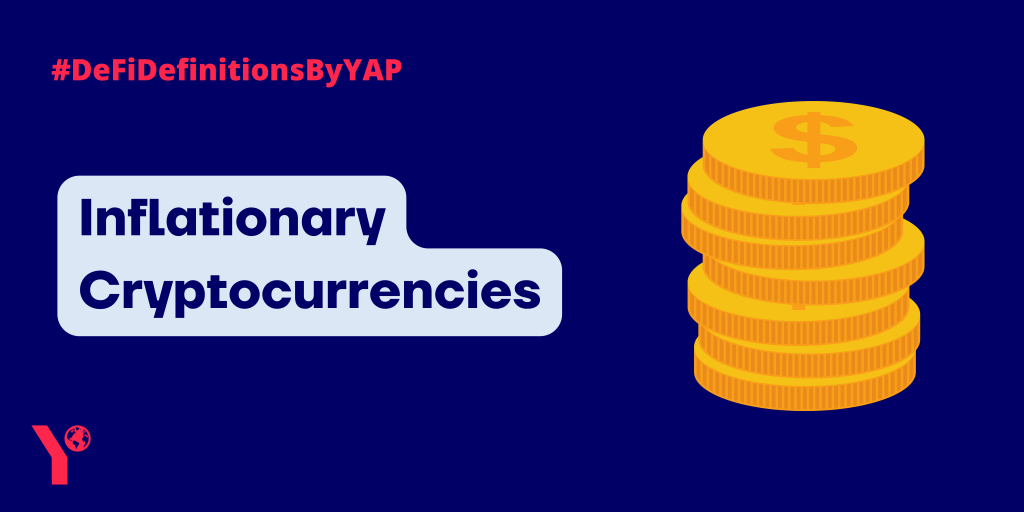Inflation has been at the top of the economic agenda following news that the US headline inflation rate dropped to 3.1%, despite core inflation seemingly rising. Looking at the world of crypto, just as in traditional economics, inflation plays a major role in determining the value of investment returns. Inflationary cryptocurrencies are characterized by a built-in mechanism designed to gradually increase coin supply. This results in a decreasing value for each coin as more coins are generated. These inflationary cryptocurrencies employ various factors to maintain the cryptocurrency supply and foster network participation – including predetermined inflation rates, supply limits, and token distribution mechanisms. Each cryptocurrency has a unique system for coin production and supply management tailored to its monetary structure. In the case of inflationary cryptocurrencies, the overall coin supply steadily grows over time. The rate at which this supply increases is typically predetermined through an inflation rate. Moreover, there is a maximum supply of inflationary tokens, which can be either fixed or variable. Once this predetermined supply limit is reached no additional tokens can be created. Inflationary cryptocurrencies can be advantageous for individuals using digital currencies for day-to-day transactions, as the lower value of each coin enables smaller transactions. However, continuous coin creation can also lead to inflation and a long-term decline in coin value.
Inflationary Cryptocurrencies
